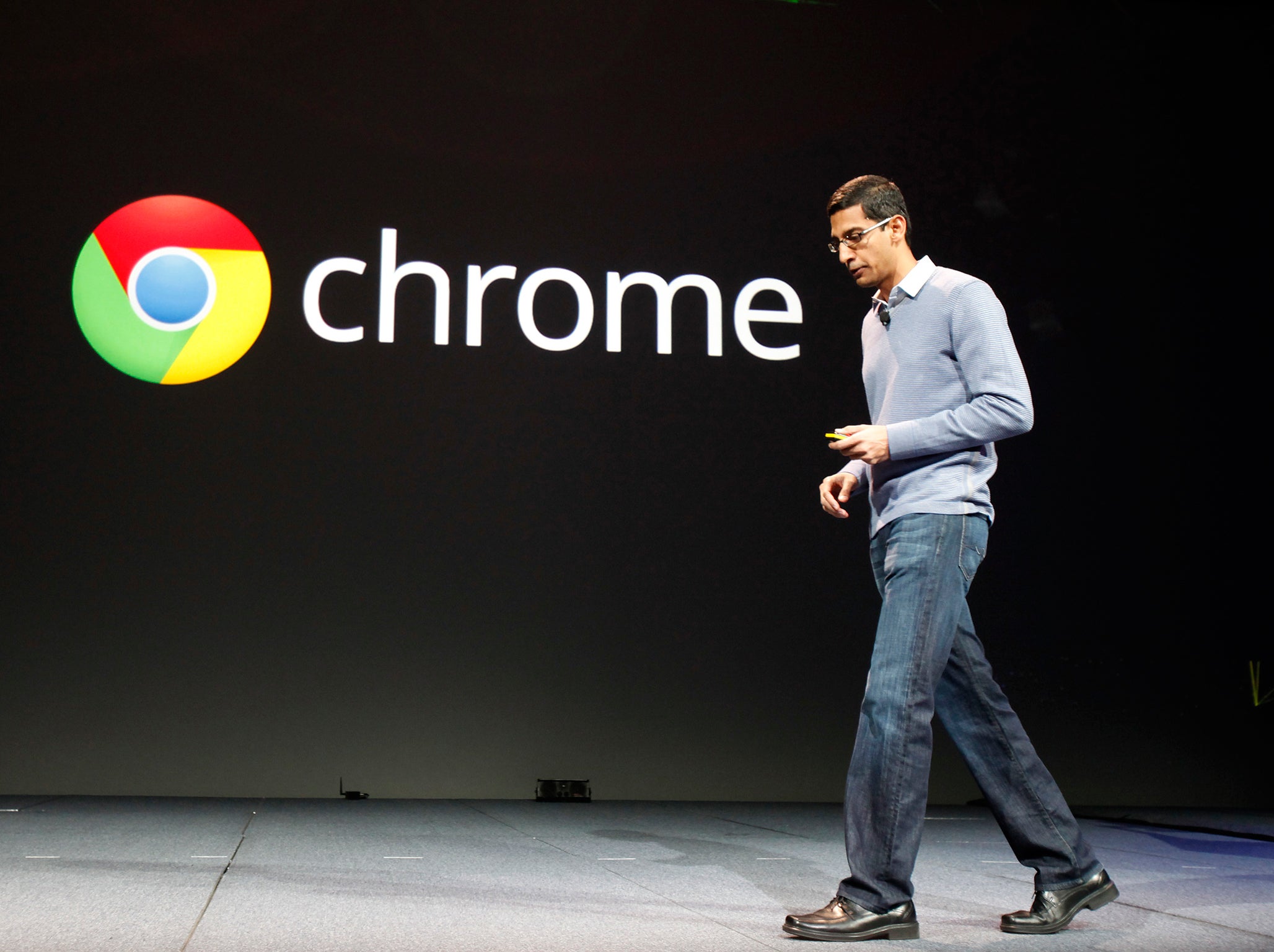Google Chrome just fixed its annoying page jump problem with Scroll Anchoring
The company says it saves users an average of 'almost' three jumps per pageview

Isn’t it annoying when you’re scrolling through a page and it suddenly jumps back up to the top?
Google has released a new Chrome feature that eliminates this quirk, making browsing a little less frustrating.
These jumps happen when a site loads additional content in the background above the visible area, pushing down what’s on-screen.
It could be a picture, video, advertisement, but the result is always the same: page jump.
This frustrating problem has been fixed with the latest Chrome update.
A new feature called Scroll Anchoring locks your position on the screen while it loads the additional content, keeping you in the same spot so you can keep reading without fear of interruption.
Google says the feature saves users an average of "almost" three jumps per pageview.
The feature has rolled out across mobile and the desktop, but will prove most beneficial to smartphone users, since page jumps look bigger on smaller screens.
Google Chrome last month introduced a battery-life saving update designed to “throttle” unused tabs, and was considered the least hackable web browser at the recent Pwn2Own computer hacking event.
Web developers can learn more about Scroll Anchoring on the Chromium blog.
Join our commenting forum
Join thought-provoking conversations, follow other Independent readers and see their replies
Comments